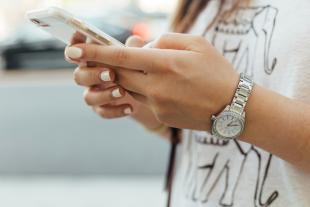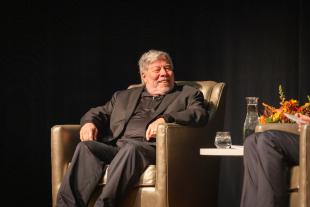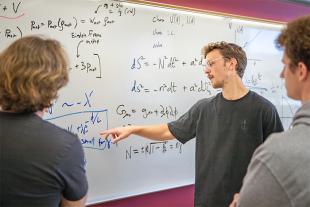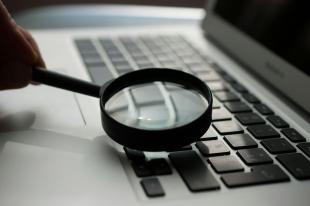‘Don’t Be a Covidiot.’ Cal Poly Epidemiologist Explains Coronavirus
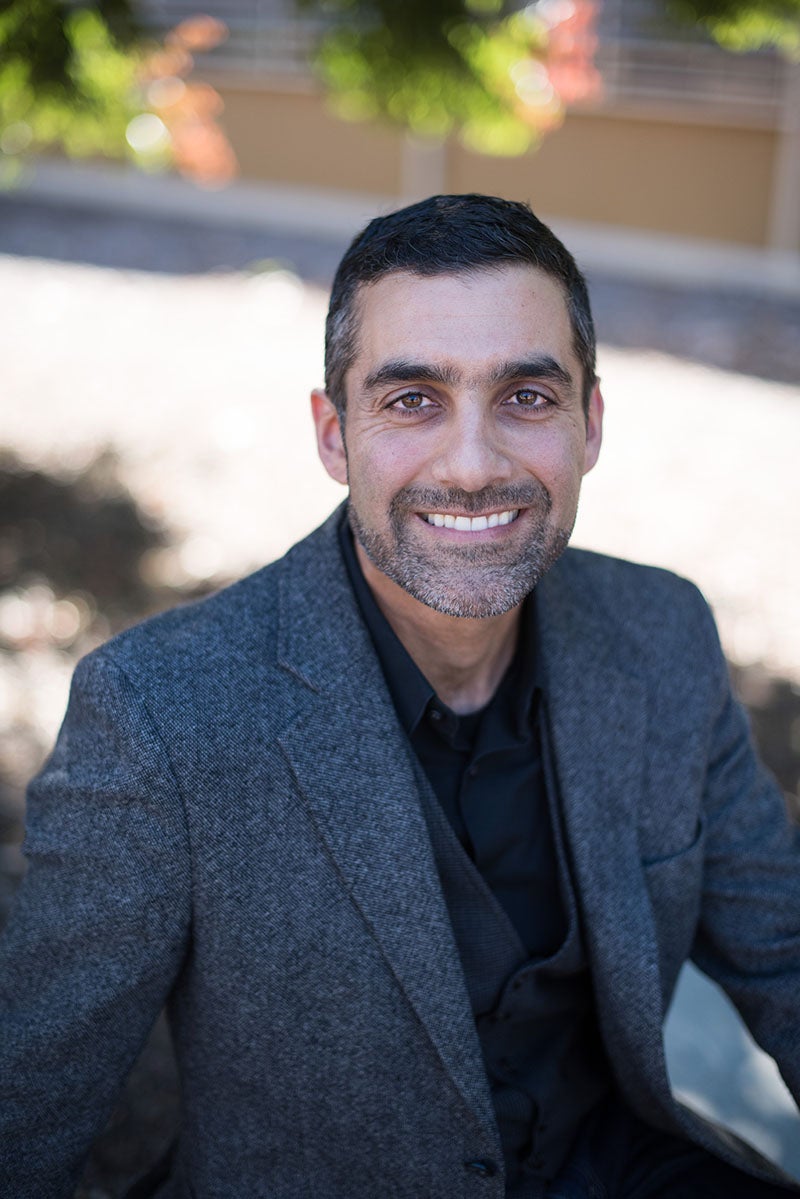
As the COVID-19 pandemic roars through the United States, a host of questions and new terms have popped into the consciousness of Americans. In an effort to find some answers, we turned to epidemiologist and Cal Poly professor Aydin Nazmi.
In addition to teaching at Cal Poly, Nazmi chairs the expert panel that is helping San Luis Obispo County develop the START Guide, a science-based framework for determining how to reopen businesses and public spaces while continuing to protect vulnerable populations.
We asked him to shed some light on how the outbreak works and what we can do to blunt its impact.
What should people know about a disease like this?
COVID-19 is a virus similar to the flu or common cold in terms of transmission, but much more dangerous in terms of outcomes. The good news is that most people infected with COVID-19 will experience mild symptoms, it will pass unremarkably, and most will never be tested or have to see a doctor. These are the lucky ones, and to be clear, they are in the overwhelming majority, about 80%.
Even these people, however, can pass the infection without experiencing any symptoms, which brings us to the bad news. Compared to the flu COVID-19 has much higher case fatality, about 2 to 3% overall, or at least 20 times higher compared to risk of death from flu, 0.1%. Risk of death is still relatively low for healthy young folks, but scary-high for ages 80-plus.
These numbers are likely much worse for immunocompromised people or those with existing health problems. COVID-19 has no known cure, so prevention is key.
What should people do to protect themselves and others from infection?
All the stuff you’ve been hearing from the government. Individual-level measures — social distancing, hand washing, and so on — are necessary to reduce risk. In my view, two of the most important measures are, for yourself, not putting your hands anywhere near your face, and for others, self-isolation in the event of any symptoms.
If you feel sick at all, stay home and preferably away from others in general. This is stuff we should be doing all the time anyway.
Bigger picture, reducing transmission at the community level by preventing humans from coming together is effective for reducing transmission and infection rates: close schools, cancel events, limit social interaction. It is critical to remember that an individual can have the virus, feel fine, but still pass it on to others — that’s why preemptive action is warranted.
What exactly is the value of social distancing? How does that affect the trajectory of the outbreak?
The more we can restrict our movement and interaction with others, the lower the number of transmitted cases and the slower the rate of transmission — both very necessary for effectively dealing with the problem, especially since our healthcare system has a finite capacity to deal with more urgent cases.
Social distancing does three very important things: It slows the rate of transmission, that is, decreases the speed at which the virus travels person to person; it decreases the total number of people who will be infected; and it allows the healthcare system to care for sick people.
That is, a massive spike in cases will lead to overwhelmed healthcare systems leading to less and worse care for everyone, whereas fewer cases at a time allow hospitals to care for people properly. This has been referred to as ‘flattening the curve’, which we have not managed to do yet in this country.
What do you say to people who resist the call to self-isolate or socially-distance themselves?
We call them Covidiots, and I would first say this: You could die. Whereas it is true that the ‘absolute risk’ for death from COVID-19 is low for most people, the ‘relative risk’ is at least 10 times higher compared to the flu. Even young people who think they are low risk are, in fact, at much higher risk for serious health repercussions and even death with COVID-19. Everyone is at risk — it is clear that this virus leads to serious health consequences.
Second: You could kill others. This virus has a relatively high virulence — it is easily spread person to person. A healthy, young person who feels okay or even mildly sick will be virulent possibly for weeks even before onset of symptoms, meaning that they can infect many others. The real danger here is for people at higher risk: elderly and those with existing risk factors. Think of your parents and grandparents. People who do not distance or self-isolate are putting everyone at risk — it’s selfish and ignorant.
How long could we be dealing with this epidemic?
There is no way to know. The virus is new and we have no predictive models for it, and there’s no telling how much impact social distancing and other preventive measures will have. We do have evidence from previous outbreaks, however, that social distancing does work.
The more social distancing and prevention measures, the fewer cases and fewer deaths we will have. If people, governments and states take measures seriously, the pandemic will be shorter and less deadly. If people do not take measures seriously, the pandemic will be longer and more deadly — there is no question about that.
What would you say to someone who is scared about this right now?
I would say they should take all the preventive and precautionary measures that they’ve heard about: Wash hands often, don’t touch your face, sanitize surfaces in public places, don’t be in crowds, and stay home as much as possible. COVID-19 is scary precisely because we don’t know that much about it. We do know, however, a lot about how not to get it.
What lessons should we learn from this experience?
After this is all over, the quantitative impact of social distancing and other preventive measures within cities, states, and countries will be calculated, and what I believe we will see is that places with the quickest and most comprehensive responses to this pandemic will have flattened the curve most effectively. Places that had pandemic preparedness plans in place and those offering universal access will have the best outcomes.
Fortunately for us in California, our state and local governments have responded extremely well, among the best in the nation. If we continue our vigilance and prevention measures, history will show that we will have saved many lives.

